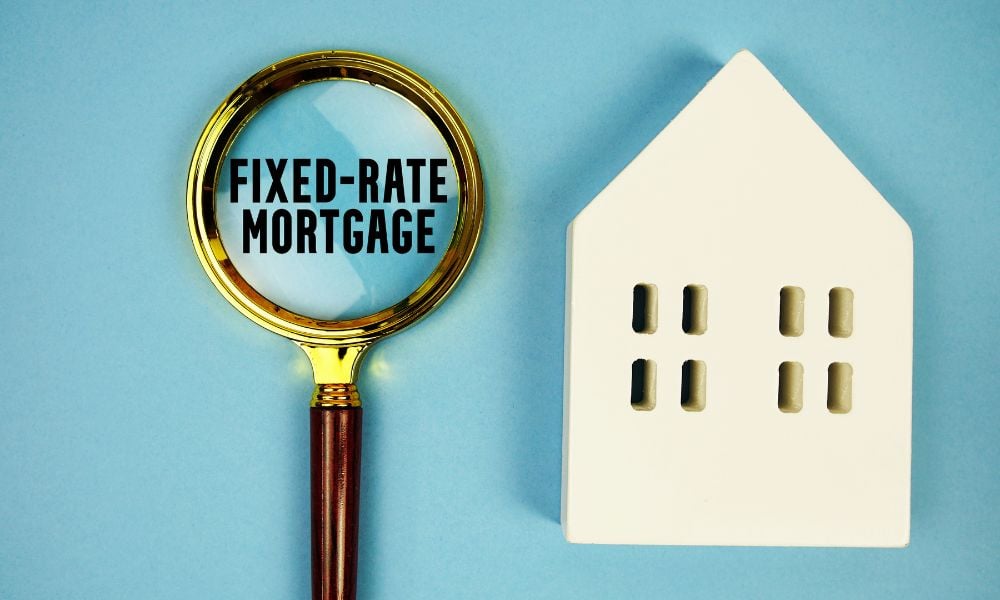Banks see rate cuts coming, but mortgage lows may be behind us

Despite pausing the OCR at 3.25% in July, the Reserve Bank kept its easing bias – and major banks expect a rate cut in August. ASB, Kiwibank, Westpac, and ANZ all say the central bank’s dovish tone supports further reductions – but they agree mortgage rates are nearing the bottom.
That raises a key question for borrowers and advisers: is it time to fix long?
A recent analysis by Stuff looks at where mortgage rates are heading and what banks are advising.
What are mortgage rates doing?
According to Opes Partners’ latest bank rate summary, five of the big six banks were offering one-year fixed rates at 4.89%, with all six pricing their two-year fixed rates at 4.95%.
Westpac was the only bank offering a three-year rate under 5%, at 4.99%.
All six lenders listed a 5.29% floating rate, and five-year rates ranged from 5.39% at Westpac to 5.89% at TSB. Most floating rates hovered around 6.5%.
What are banks expecting next?
In its most recent Home Loan Rate Report, ASB said short-term mortgage rates could “potentially” ease slightly further during 2025, while longer-term rates (two years and beyond) were likely to hold steady or rise.
“Our view now is that significant falls for the longest fixed rates are unlikely, especially with some of the recent developments (such as tariffs) pushing inflation expectations higher,” ASB said.
The bank said other drivers – such as offshore interest rates and bank funding costs – were also key. These affect what banks pay to secure lending capital, including the interest paid on deposits and wholesale borrowing.
ANZ offered a similar view in its latest NZ Property Focus report, saying any changes to the OCR were unlikely to materially move mortgage rates.
“Our mortgage projections (based on our wholesale interest rate forecasts) envisage rates falling a little further, but those falls aren’t expected to be large,” the bank said.
It pointed out that five-year mortgage rates had only fallen about half as much as short-term rates since late 2023, mainly because global long-term interest rates haven’t dropped as much as the OCR.
Kiwibank chief economist Jarrod Kerr told RNZ last week: “We do think that interest rates will go a little further south, but not a lot.”
What are banks advising borrowers?
ANZ suggested splitting fixed terms to hedge against risk.
“There’s merit in fixing a portion of debt for one or two years and perhaps fixing a portion for six months awaiting further falls,” it said.
“While we do expect further falls in mortgage rates, we are also mindful that we are getting closer to the end of the easing cycle.”
Borrowers should consider diversifying their terms to “spread risk”, especially as it becomes harder to time the bottom of the market.
ASB warned borrowers that short-term fixes or floating loans are now among the most expensive borrowing options available.
“Floating, or fixing for the shortest six-month term is an expensive place to be borrowing, while some of the fixed terms are now at or near the lows we expect, based on ASB’s economic forecasts.”
Westpac echoed this view, saying longer-term rates below 5% remained attractive.
“Fixing for longer periods still looks attractive – especially now two–three-year mortgage rates are below 5%.”



